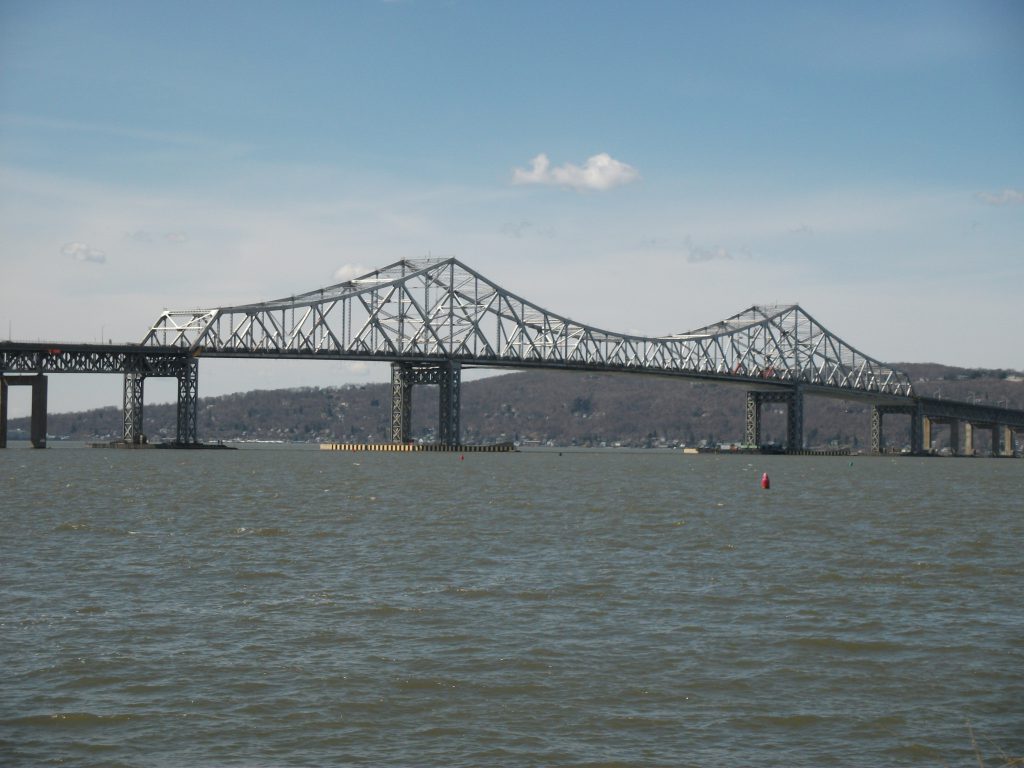
Congress is back in Washington, D.C. this week. And while time is running out on the 113th Congress, it seems long-term infrastructure investment isn’t on the docket.
Kicking the Can
In July, Congress passed legislation to fund highway and mass-transit projects through May, only hours before the federal government was set to slash payments to states. The legislation, often referred to as the “patch,” kicked the debate over highway funding into the next Congress.
But that hasn’t stopped the continuous conversation about the need to repair and rebuild our roads, bridges, pipelines, railways, water systems, and energy grids. Transportation Secretary Anthony Foxx has been vocal about the need for long-term investment:
Until Congress passes a long-term bill, I’m urging the American people to say: No more delays. No more gimmicks. No more short term patches or band aids. Build our country. Put us to work and get America moving again. And help future generations move forward in the process. If we are only building for the present, we are building for the past. That’s just the reality.
President Obama, Vice President Joe Biden, and other administration officials, including Treasury Secretary Jack Lew and former Transportation Secretary Ray LaHood, have touted the advantages of infrastructure investment.
And the American people agree that our infrastructure needs work. Sixty-eight percent of U.S. residents want more federal spending on public transportation systems, according to a poll released on Monday by the American Public Transportation Association.
Investment Means Jobs
Here at the Alliance for American Manufacturing (AAM), we know infrastructure spending is a great investment for the economy. Every $1 billion in infrastructure spending creates about 20,000 jobs, after all. When Buy America provisions are included in infrastructure plans, there are even more benefits.
Improved infrastructure supports American manufacturing. Steel for the reconstruction of the New York Tappan Zee Bridge was sourced from an ArcelorMittal plant in Indiana. An added benefit: paved roads, structurally sound bridges, deep ports, and expansive rail systems support manufacturers’ activities.
Infrastructure investment is about the safety of every single citizen who uses those crumbling roads, deficient bridges, and pipelines every day. Moreover, it’s about U.S. economic competitiveness.
